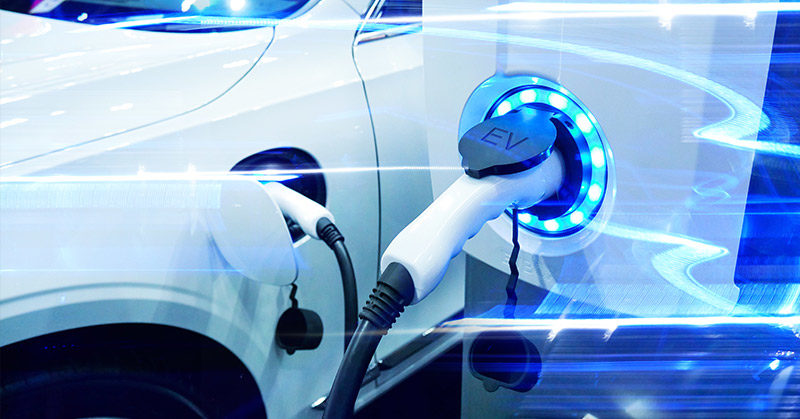In the 1980s, John Goodenough co-invented the lithium-ion battery. Initially, no one in the battery or consumer electronics industry took his invention seriously. Today, however, lithium ions power nearly every portable device on the market. They also power electric vehicles. Forty years later, now 94-year-old Goodenough has done it again. This time, however, he’s invented a new quantum glass battery that’s meant to usurp his wildly successful invention.
The Quantum Glass Battery
To make the battery, the inventors smeared a form of glass with “alkali” metals, such as lithium or sodium. This is what the battery uses as its electrolyte.
The electrolyte is the medium between the cathode and the electrode that ions travel across when the battery charges and discharges.
In their research paper, the creators said that this innovative electrolyte is offering a new strategy for an all-solid-state, rechargeable, metal-plating battery [1].
One of the biggest issues with lithium-ion batteries has been their tendency to repeatedly build up spikey “dendrites” as they charge and discharge. This can cause them to short-circuit or cause a battery fire.
This lithium or sodium-doped quantum glass battery is neither flammable nor volatile, and does not have this dendrite issue. It can also store three times more energy than a lithium-ion battery. This means that your laptop or cell phone will hold its charge much longer. It also means you won’t have to worry about it suddenly exploding on you.
Charge in minutes rather than hours
Co-developer Maria Helena Braga from the University of Porto in Portugal says that an additional benefit to this battery is that it can charge in minutes rather than hours. This is because the glass in the battery gives it the ability to store a far greater amount of energy in the electric field.
She added that early tests of the battery indicate that it will be capable of thousands of charge/discharge cycles. It will also be able to perform in extremely cold (-4F or -20C) and extremely hot (140F or 60C) temperatures [2].
Read: Scientists Create Liquid Fuel That Can Store The Sun’s Energy For Up to 18 Years
Endless Possibilities
With a little more development, Goodenough believes they could replace lithium with sodium. Sodium is a much more abundant element, and can be found in everything from underground seams of salt to the vast expanses of ocean water [3].
This will make things like electric-powered cars much more affordable to make.
“I think we have the possibility of doing what we’ve been trying to do for the last 20 years,” said Goodenough. “That is, to get an electric car that will be competitive in cost and convenience with the internal combustion engine.” [2]
Goodenough also added that quantum glass battery could store intermittent solar and wind power on the electric grid.
But is this really possible? According to Donald Sadoway, a preeminent battery researcher and MIT materials science and engineering professor, yes.
“When John Goodenough makes an announcement, I pay attention,” he says. “He’s tops in the field and really a fantastic scientist. So, his pronouncements are worth listening to.” [2]
Read: ‘Flying car’ gets off ground, with a person aboard
Next Steps
The quantum glass battery is still in the early stages of development, so it is not commercially viable just yet. Goodenough says that the next step is to verify that the cathode problem (those spikes that cause batteries to catch fire) is solved.
“And when we do [that] we can scale up to large-scale cells,” he said. “So far, we’ve made jelly-roll cells, and it looks like they’re working fairly well. So I’m fairly optimistic we’ll get there.” [2]
Sadoway says that addressing the safety issues will be a big leap forward. He noted that people have been talking about solid-state electrolytes for years (as opposed to liquid lithium), but no commercial product has come of it.
“If he can give us an electrolyte that is devoid of these flammable, organic solvents, that’s salutary in my opinion.” [2]
Once they’ve done that, however, Goodenough is leaving the development of the quantum glass battery up to the manufacturers.
“I don’t want to do development. I don’t want to be going into business. I’m 94. I don’t need the money.” [2]
Keep Reading: Nano-diamond self-charging batteries could disrupt energy as we know it

